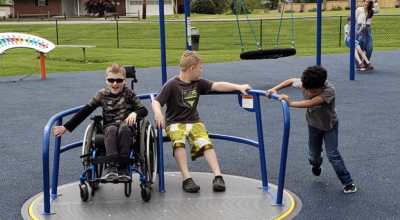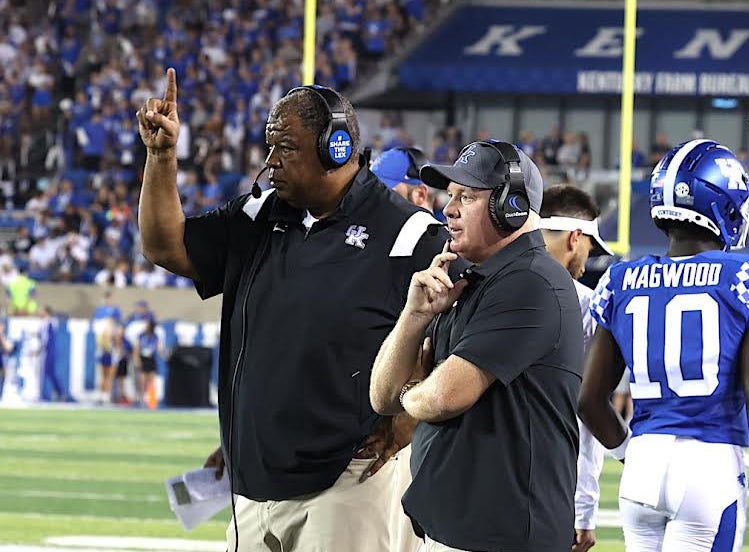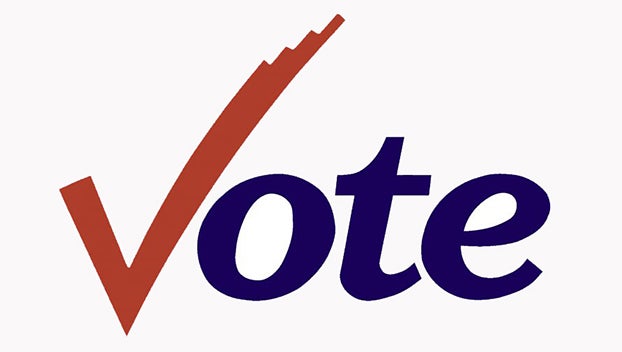Inflation hitting school construction projects hard
Published 2:45 pm Monday, July 25, 2022
STEVE BITTENBENDER
The Center Square
 The current period of inflation, with rates that have not been seen for more than 40 years, is not just impacting the price of gas, food or other staples.
The current period of inflation, with rates that have not been seen for more than 40 years, is not just impacting the price of gas, food or other staples.
According to a Kentucky Department of Education official, a dozen or perhaps more public school district construction projects statewide are also bearing the brunt of the sudden rise in costs.
Chay Ritter, the director of the KDE’s Division of District Support, told the Capital Planning Advisory Board on Wednesday in Frankfort that construction costs for new school projects have almost doubled from their initial estimates. In some cases, that’s happened in less than a year.
For example, he said Christian County Schools estimated the cost to consolidate its two high schools would be $107 million last November. It rose by $10 million in February and $30 million in May.
Last week, the Kentucky New Era reported two bids for the new school to replace both Christian County and Hopkinsville high schools were $203.4 million and $198.9 million.
“Nothing quite sends fear through a superintendent like increased construction costs when they’re starting a project,” Ritter said. “I’ve gotten that call so many times I have literally forgotten who I’ve spoken to about which project because it’s been the same conversation.
“They were ready to go. They stepped off the diving board, and all of a sudden, the water went out from underneath them.”
The projects on that list, Ritter said, have either broken ground or have officials discussing whether to move forward. In other cases, districts have chosen to shelve projects or break them into phases.
State Rep. Bobby McCool, R-Van Lear, the advisory board’s co-chair, asked the department to provide additional information about the projects for the board’s next meeting Sept. 14.
In some instances, McCool said, the districts have already passed taxes to generate revenue for new or renovated facilities. However, now those taxes won’t cover the cost of their projects.
“We need to know what that gap funding need is as a whole and for individual schools,” McCool said. “Now, we may or may not be able to do anything, but we need to see what that looks like.”







